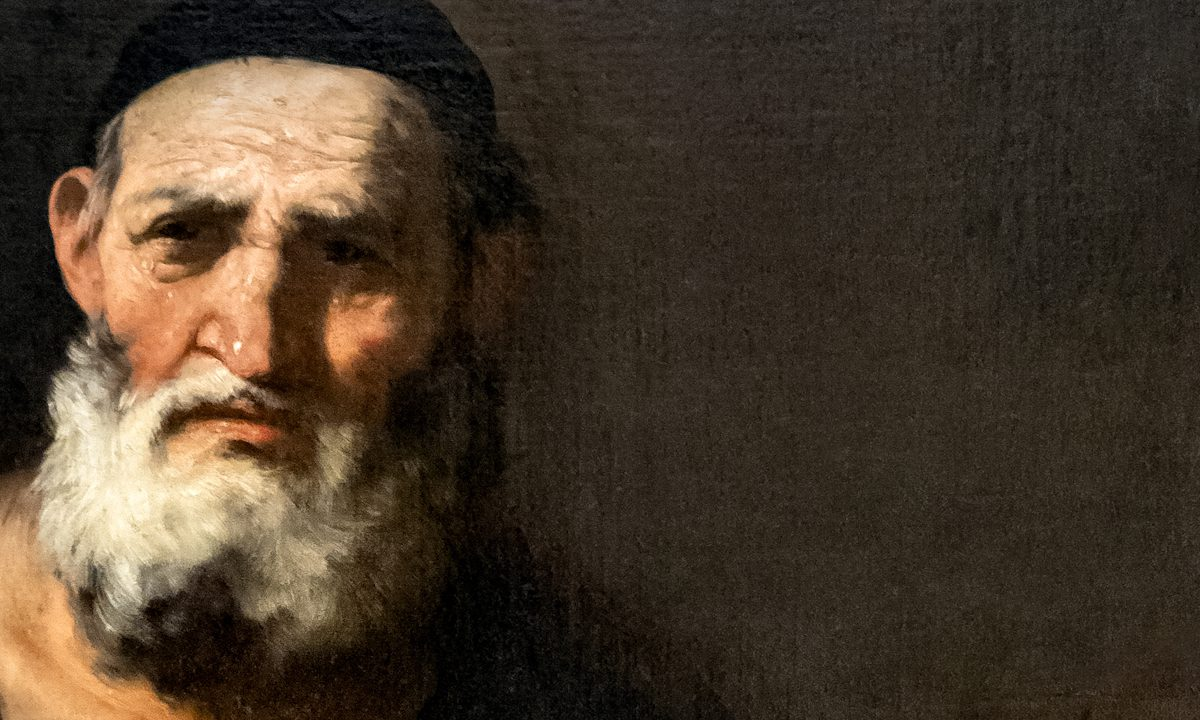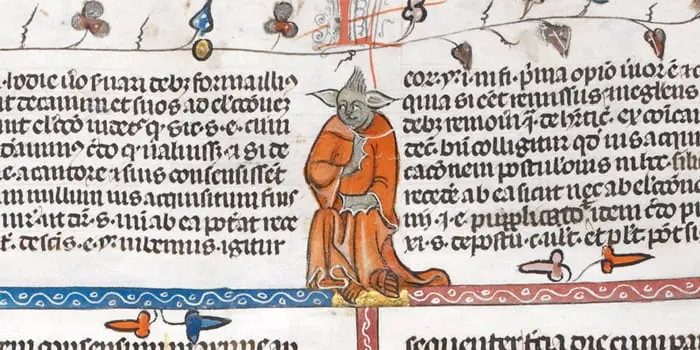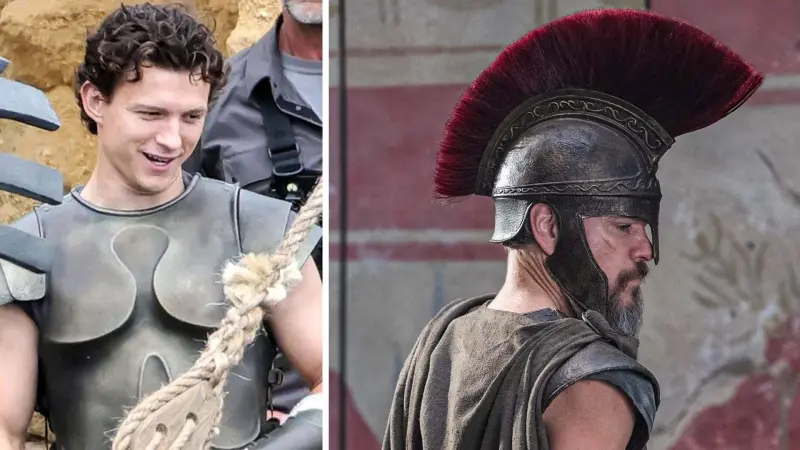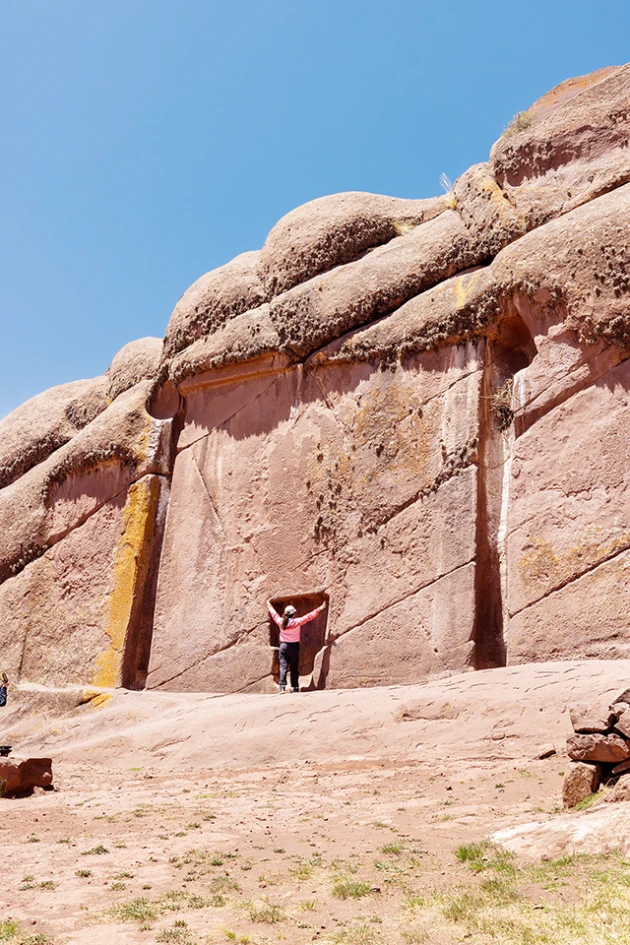A park ranger, during his free time while climbing in an area he oversaw, stumbled upon rock paintings when he attempted to photograph a bouquet of blooming lilies. His keen observation opened new avenues for archaeologists, though it also led to the closure of the park for further investigation of the findings.
Researchers from the National Museum, part of the Federal University of Rio de Janeiro, the State University of Rio de Janeiro, and the Itatiaia National Park formed a working group to investigate the rock paintings discovered in the park, located in the Serra da Mantiqueira, on the border between the states of Rio de Janeiro and Minas Gerais.
The researchers aim to uncover details such as the age and origin of the artworks found within the cave.
MaDu Gaspar, a professor in the archaeological program at the National Museum, explained to Agência Brasil that the team is also searching for additional evidence of human presence in the surrounding area.
An Unknown Site Until Recently
“Areas with shelters and caves featuring rock art are rarely isolated. We’ve dedicated ourselves to exploring the region. At the same time, we are discovering the landscape—studying paths, trails, and water sources. This is just the beginning of our research. We’re revealing a reality that was unknown to us until now, and we still have much to learn,” she described.
The professor noted that although the paintings were discovered in 2023, the findings were only recently made public to give the park experts time to prepare. Visits to the park, which is part of a hiking trail, have since been restricted.
One of the measures taken was notifying the National Institute for Historical and Artistic Heritage (IPHAN). “The institute supervises archaeological sites, and all actions— even those conducted by archaeologists—must have its authorization. Representatives from the institute are closely monitoring the site to ensure that the discovery is handled with due care,” the researcher explained.
According to the archaeologist, ensuring the protection of the site is the top priority. To that end, cameras have been installed, and an awareness campaign has been launched by the park staff and management.
One of the Central Questions: When Were the Paintings Created?
One of the central questions facing the researchers is the date of creation of the paintings—a mystery that will only be solved as the investigations progress. “We speculate that they may date back 2,000 to 3,000 years, but the research is still in its early stages,” explained MaDu Gaspar. She added that the team has already found reliable evidence of hunters who once inhabited the area.
How the Discovery Happened
The rock paintings were discovered by Andres Conquista, the functional supervisor of the upper area of the Itatiaia National Park. This site—recognized as Brazil’s first national park—is managed by the Parque Tur concessionaire, which oversees public visits to the protected area.
Conquista came across the cave during one of his climbs. Initially, a bouquet of blooming lilies caught his attention, and as he approached to photograph them, his eye was drawn to an unusual rock. Curiosity led him closer, and upon entering the cave, he saw the paintings.
“My first reaction was surprise. I had never seen such paintings before, and I didn’t know what to make of them. At first, I thought it might be graffiti done by tourists,” he said to Agência Brasil. “But after a moment, I noticed there were no names or dates. That’s when I realized it was something very old. I took photos and sent them to the rest of the institute’s team,” he explained.
Conquista was present during the team’s first visit to study the rock paintings. “Until then, they only had my description. The moment we visited the site was one of great joy. I felt like I was discovering the artwork again—I got goosebumps,” he said.
“They Thought They Had Explored Everything”
Professor Gaspar explained that the discovery is particularly significant because Rio de Janeiro has been a center of research interest since the Imperial Period and is considered the cradle of Brazilian archaeology. As a result, there was a general sense that the area had been thoroughly explored by scientists.
“We were surprised by the discovery of a completely new site. While there are similar sites in places like Minas Gerais, nothing like this has ever been found in Rio de Janeiro,” she explained. “It’s not even hidden on some remote peak. It’s an accessible area. How had it not been seen earlier? I myself go there for hiking,” she confided.
Anderson Marques Garcia, a professor in the archaeology department at the University of Rio de Janeiro, noted that until this discovery, archaeological studies in Brazil had been focused on coastal areas, often overlooking the interior and diverse cultural expressions. He also expressed concern about the conservation and protection of the newly recognized archaeological site.
“Beyond the risk of vandalism or graffiti, some might attempt to dig out of curiosity, which could jeopardize our future research. The site is small, and we must proceed with utmost caution and patience in order to uncover details about the date, the identity of the people who lived there, and the timeline of their habitation. We hope to find answers as to whether they had cultural ties with known groups from present-day São Paulo, Minas Gerais, or other finds from the Paraíba Valley,” Garcia explained.
Under Investigation
The area where the discovery was made has been designated as an area under investigation. According to the press office of Parque Tur, “anyone who disrespects the restrictions will face penalties.”
No timeline has been set for when the site will reopen to visitors, as researchers are still unsure how long the analysis will take. “At this stage, we are focused on comprehensive conservation and strict control to prevent any unauthorized access until the studies are completed,” stated the press advisor.

























































